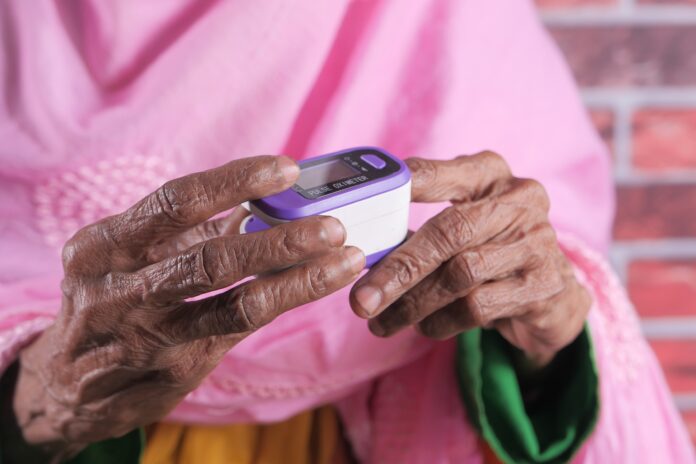FDA advisers meet to discuss the racial disparities in pulse oximeters. The clip-on devices that use light to measure oxygen levels in the blood are officially getting a closer look after recent studies suggest they don’t work as well for patients of color. Pulse oximeters are widely used in hospitals across the globe, and at-home versions became popular during the COVID-19 pandemic.
However, recent studies have raised concerns that the pigmentation in people’s skin can throw off the readings. In 2021, the FDA warned about possible inaccuracies after a study found the devices tended to overestimate Black patients’ oxygen levels.
“The fact that such a commonly used device could have any discrepancy at all was shocking to me,” said Michael Sjoding, a University of Michigan pulmonologist who led the study. “I make a lot of medical decisions based on this device.”
The FDA convened a panel of experts to meet Tuesday to discuss “ongoing concerns” about devices, recommendations for patients and doctors, and ways to gauge accuracy better. Jeff Shuren, director of the FDA’s Center for Devices and Radiological Health, called racial disparities in these devices “of great public health importance” at the beginning of Tuesday’s meeting. He stressed the need to ensure that medical devices are safe and effective for all the groups using them.
Pulse Oximeter vs. Other Oxygen Level Measurement Tools
Oxygen levels can also be measured by drawing blood out of an artery in the wrist. This method is the “gold standard” for accuracy. Unfortunately, it is trickier and more painful. The pulse oximeters are quicker, easier, and less invasive. When the device snaps onto a finger, it sends two wavelengths of light into the skin. By measuring how much of that light is absorbed, the pulse oximeter estimates how much oxygen flows through the blood. But the problem is melanin – a natural pigment responsible for skin tone – absorbs light. Therefore, the extra absorption throws off their readings.
The Results of Inaccurate Readings
The study found that Black patients in the hospital were almost three times as likely to experience occult hypoxemia compared to white patients. Occult Hypoxemia means their oxygen levels calculated from blood draws were dangerously low. However, their pulse oximeter readings were still considered “normal.”
Follow-up research showed these errors could have real impacts on health. When patients didn’t have their low oxygen levels recognized, it meant delays in COVID-19 treatment, less supplemental oxygen, and a higher risk of organ failure and mortality, according to several recent studies. The research found that these outcomes affected patients of color more often. The idea that the tools they rely on could add to racial discrepancies was a shock for many doctors.






